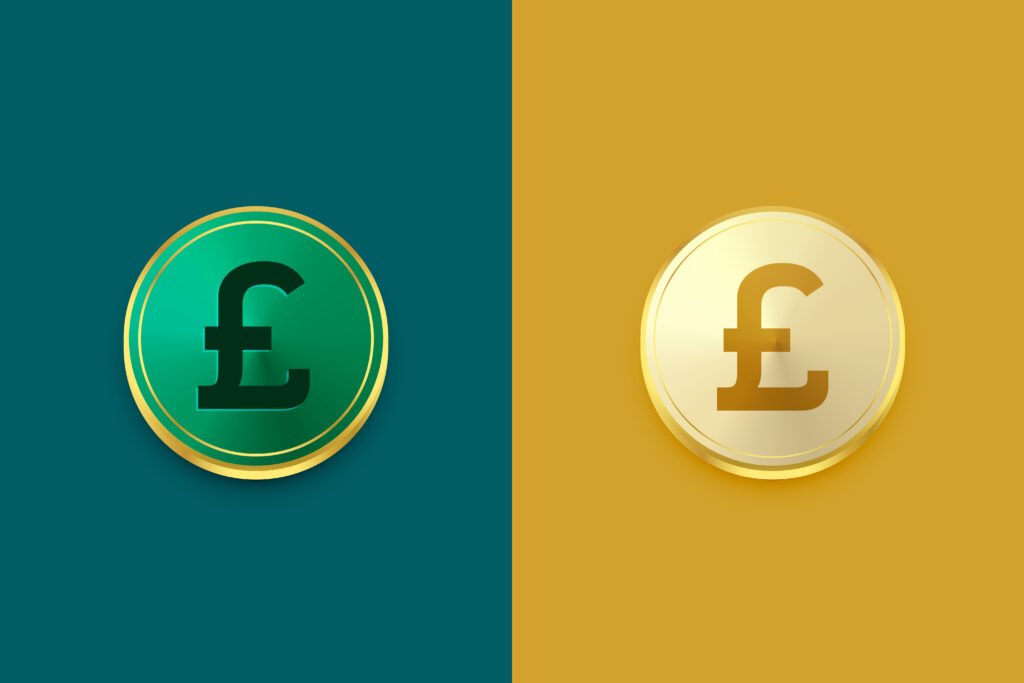How to Set Financial Goals for Your Life: A Comprehensive Step-by-Step Guide

Financial success is not a destination but a journey that requires careful planning and foresight. The cornerstone of this journey is setting clear, well-defined financial goals combined with a solid action plan. Whether your aspirations include achieving financial security, breaking free from debt, owning a dream home, or securing a comfortable retirement, having financial goals serves as a roadmap for your financial decisions.
However, the challenge for most people is knowing where to start, how to set realistic goals, and how to stay committed. This detailed guide walks you step by step through the process of setting financial goals, breaking them down into actionable steps that will help turn your financial aspirations into tangible achievements.
Step 1: Understand Your Financial Situation
Before you embark on your goal-setting journey, it’s crucial to grasp your current financial standing. You can’t improve what you don’t measure, so take a comprehensive look at the following areas:
- Income: Assess all sources of income, including your salary, freelance work, rental properties, side hustles, or investment returns.
- Expenses: Categorize your monthly expenses into essentials (rent, utilities, groceries, debt payments) and discretionary spending (entertainment, dining out, subscriptions).
- Debt: Analyze all outstanding debts, such as credit card balances, car loans, student loans, and mortgages. Understand their interest rates and prioritise repayments accordingly.
- Savings & Investments: Evaluate your emergency fund, retirement accounts, and other investments that contribute to your future financial security.
Example: If you realise that 50% of your income is going toward discretionary spending, that’s a clear signal that adjustments are needed to meet bigger financial goals.
Action Step:
Create a financial snapshot using a spreadsheet or a budgeting app like YNAB, Monzo, or Emma to gain clarity on your current situation.
Step 2: Define Your Financial Goals Using the SMART Method
Good financial goals should follow the SMART framework—Specific, Measurable, Achievable, Relevant, and Time-bound. This approach ensures that your goals are clear, realistic, and easy to track.
Examples of SMART Financial Goals:
- Short-term Goal: Save £3,000 for a vacation in 12 months by setting aside £250 per month.
- Medium-term Goal: Pay off £10,000 of credit card debt in two years by making monthly payments of £420.
- Long-term Goal: Save £200,000 for retirement by contributing £500 monthly to a pension fund over 30 years.
Example: Instead of saying, “I want to save more money,” say, “I will save £5,000 for an emergency fund by setting aside £417 per month for the next 12 months.”
Action Step:
Write down at least three detailed financial goals using the SMART framework to enhance clarity and achievability.
Step 3: Prioritise Your Financial Goals
Not all financial goals carry the same level of urgency or impact. Prioritisation helps allocate resources efficiently, ensuring you tackle what matters most.
- Necessities First: Focus on emergency savings, debt repayment, and retirement before considering luxury expenses.
- Impact on Your Future: A home deposit may take precedence over upgrading to the latest smartphone.
- Balance Between Saving & Enjoying Life: While securing your future is crucial, it’s equally important to allocate some funds for short-term experiences like travel or hobbies.
Example: If you have credit card debt with high interest, it makes sense to prioritise debt repayment over saving for a holiday.
Action Step:
Rank your financial goals in order of importance and set deadlines for each.
Step 4: Break Down Goals Into Manageable Steps
Large financial goals can feel overwhelming. Breaking them down into smaller, actionable steps makes them more achievable.
For example:
- Goal: Save £12,000 for a house deposit in 3 years.
- Breakdown: Save £4,000 per year, which translates to £333 per month or £11 per day.
This breakdown makes the goal seem more feasible and allows for easier tracking.
Action Step:
Break each of your financial goals into smaller, bite-sized targets that you can track monthly or weekly.
Step 5: Automate Your Savings & Investments
The easiest way to stay on track with financial goals is automation—removing the temptation to spend money meant for savings.
Ways to Automate Your Finances:
- Direct Debit: Set up a standing order to automatically transfer funds into a savings or investment account.
- Employer Contributions: Take full advantage of workplace pension schemes and employer-matched contributions.
- Round-Up Apps: Use apps like Plum, Moneybox, or Monzo to round up your daily transactions and automatically save the spare change.
Example: If you spend £3.75 on coffee, round-up apps can save the extra 25p in a separate savings account.
Action Step:
Set up at least one automated transfer toward your financial goal today.
Step 6: Track Your Progress & Adjust Your Plan
Life is dynamic, and financial goals must be flexible to accommodate changes. Regular progress tracking ensures you stay on course.
How to Stay on Track:
- Use Budgeting Apps: Tools like YNAB, Monzo, or Mint help monitor spending and savings progress.
- Quarterly Check-Ins: Review your financial status every three months to assess progress and make necessary adjustments.
- Celebrate Milestones: Acknowledge small wins to maintain motivation, such as treating yourself when you hit a savings target.
Example: If your income increases, reassess your savings goals and consider boosting contributions to your pension or investments.
Action Step:
Schedule a financial check-in every three months.
Step 7: Stay Committed & Overcome Challenges
Challenges such as job loss, medical emergencies, or unexpected expenses can derail financial plans. Here’s how to stay prepared:
- Create an Emergency Fund: Save at least three to six months’ worth of living expenses.
- Avoid Lifestyle Inflation: As income grows, resist unnecessary spending increases.
- Seek Professional Advice: If feeling overwhelmed, consult a financial planner for expert guidance.
Example: Instead of increasing spending after a salary raise, allocate extra funds toward investments or mortgage repayments.
Action Step:
If you don’t have an emergency fund, start by setting aside a small percentage of your income.
Final Thoughts
Setting financial goals is the foundation of long-term financial security. The key to success lies in consistency, automation, and periodic check-ins. Whether saving for a dream holiday, buying a home, or planning for retirement, a structured plan will keep you on track.
The best time to start was yesterday. The next best time is now.
Start today—your future self will thank you.


 English
English 




































































































